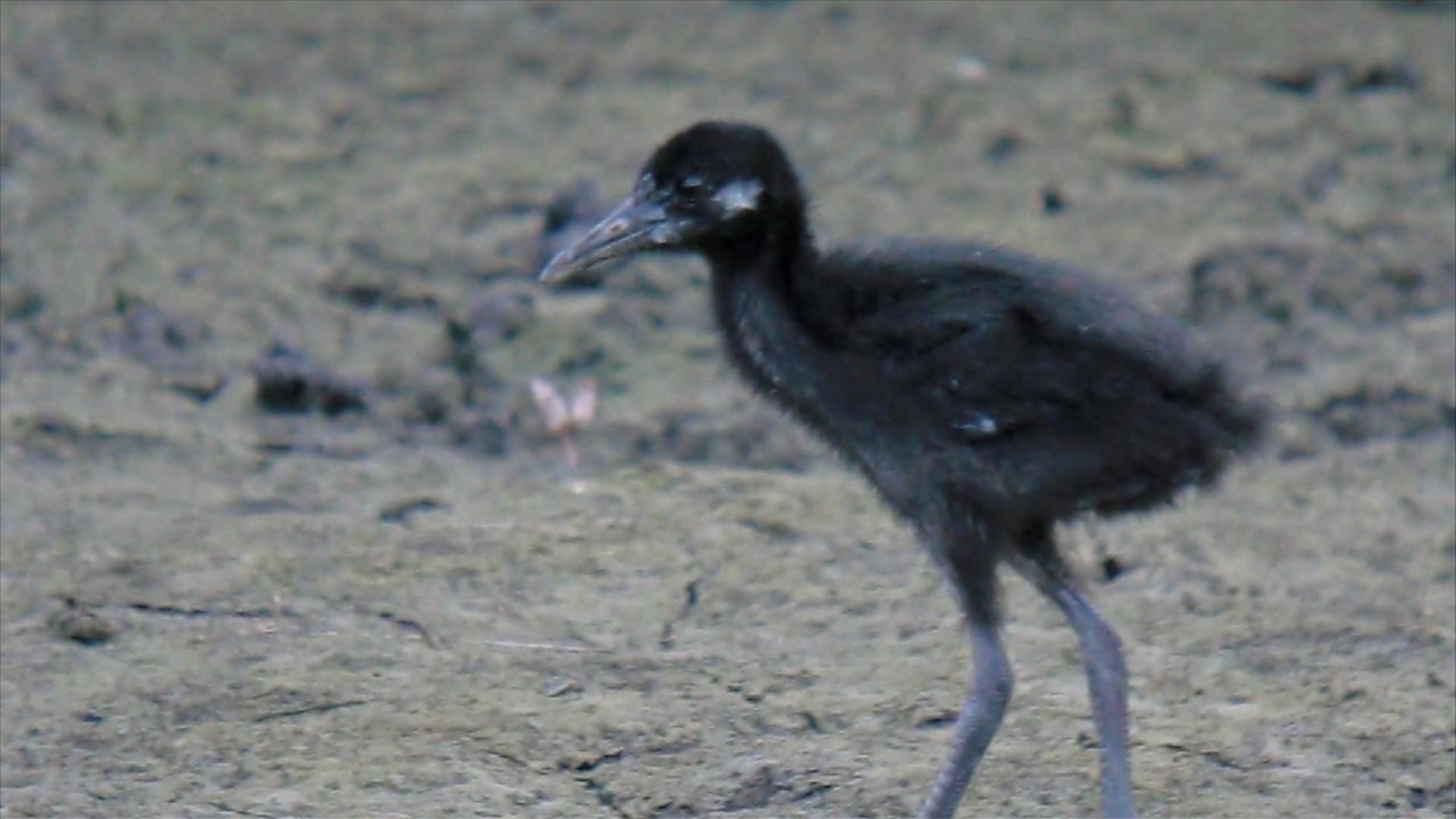King Rail
A species of Greater Rails Scientific name : Rallus elegans Genus : Greater Rails
King Rail, A species of Greater Rails
Botanical name: Rallus elegans
Genus: Greater Rails
Content
Description People often ask General Info
 Photo By Andy Reago & Chrissy McClarren , used under CC-BY-2.0 /Cropped and compressed from original
Photo By Andy Reago & Chrissy McClarren , used under CC-BY-2.0 /Cropped and compressed from original Description
Distinct features are a long bill with a slight downward curve, with adults being brown on the back and rusty-brown on the face and breast with a dark brown cap. They also have a white throat and a light belly with barred flanks. Immature birds are covered in down, with light brown on the head and darker brown on the back and wings. This bird's call is a low repeated grunt transcribed as kek-kek-kek. 
Size
38 cm (15 in)
Colors
Brown
Black
Gray
White
Orange
Life Expectancy
5-7 years
Nest Placement
Ground
Clutch Size
10 - 12 eggs
Incubation Period
1 - 2 broods
Number of Broods
21 - 23 days
Feeding Habits
King Rail's diet primarily includes crayfish, fiddler crabs, small crustaceans, clams, fish, amphibians, small reptiles, rodents, and various insects. They forage by wading and visual hunting in shallow waters, often consuming larger prey dismembered and smaller prey whole. Active mainly during early mornings, late afternoons, or throughout cooler days, king Rail also feeds on seeds, fruits, and acorns, sometimes foraging in upland marsh areas. Parent king Rail provide arthropod prey to their young via beak-to-beak transfer.
Habitat
King Rail resides primarily in freshwater and brackish wetlands across eastern North America. These environments feature shallow waters with deep pools and low salinity marshes dense with tall plants like cattails and bulrushes. King Rail adapts to changing water levels, making use of drought-impacted areas and rice fields, while avoiding woody vegetation.
Nest Behavior
King Rail males select the nest site and are primarily responsible for construction, occasionally making unused 'sample' nests. They also build additional nests as chick shelters. Nest-building precedes egg-laying, after which both parents participate in the care of the eggs and hatched young.
Nest Characteristics
King Rail nests are typically found in marsh vegetation within shallow water. They are round platforms elevated above the water, constructed from local grasses, sedges, or rushes. These nests have a base of decaying vegetation, a cup made of dry materials, and are often sheltered by bent-over living plants. A ramp to the water may be present. Dimensions are roughly 6.5 inches in height, 11 inches across, with a shallow central depression.
Dite type
Aquatic invertebrate eater
People often ask
General Info
Feeding Habits
Bird food type
Behavior
King Rail showcase an array of fascinating behaviors which are particularly evident during their breeding season. Males perform an elaborate courtship display, marked by a distinctive strut and a rapid tail cocking to exhibit their white undertail coverts. This ritual includes a pursuit of the female, bill agape and tail aloft, in a pose that resembles an Audubon illustration come to life. Males are providers, offering prey to females as part of their courtship, and are territorial against rivals, protecting their nesting space from other males and rail species. These birds maintain a foraging territory that spans approximately 11 to 68 acres, though not all of this space is actively defended, and territories of different pairs seldom overlap under stable water conditions. Both parents invest in the care of their offspring, which requires nearly two months before achieving independence. King Rail exhibit migration patterns, with northern populations displaying flexibility in habitat choice, including occasional ventures into saltmarsh territories typically associated with Clapper Rails. Notably, king Rail are known to hybridize with Clapper Rails in brackish waters, a unique facet of their behavior that contributes to the diversity within their species.
Distribution Area
This bird breeds in marshes in eastern North America. Birds along the southeastern coasts of the United States are permanent residents. Other birds migrate to the southern United States and Mexico; in Canada, they are found in southern Ontario. An adult King Rail will molt completely after nesting and it becomes flightless for almost a month. 
Species Status
Not globally threatened.